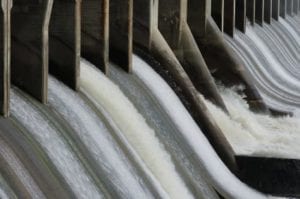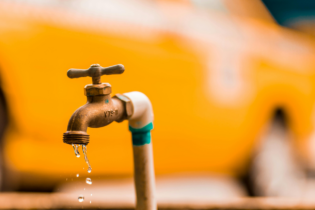Intermittent storms in parts of South Africa have stabilised dam levels keeping them at a national average of 62.5%.
This is according to the latest weekly report issued by Department of Water and Sanitation. The report shows that the country’s dams have been fairly stable in the past seven days with a combined 323 20.8 cubic metres of water in available in its reservoirs. “A combination of lower temperatures and consistent rain has brought the sliding dam levels under control. The reduction of Gauteng’s hot temperatures is believed to have played an important role in the rise of dam levels, with reduced rates of evaporation,” the department said.Gauteng and the Eastern Cape on the up
According to the report, Gauteng, which has experienced consistent since last weekend, has increased its levels from 92.8 to 94.4%, followed by Free State and Mpumalanga at 70.3% and 68.8%, respectively. The Eastern Cape has also experienced an increase of 2% from 56% to 58% this week after Makhanda in the Eastern Cape faced its worst water crisis ever after the local river dropped its level to a mere 6% two weeks ago. Fortunately scattered thundershowers have improved the situation slightly as the dam levels improved to 8.1% this week.Limpopo, KZN and the Northern Cape
In Limpopo, the average dam levels are at 59.8%, a slight decrease compared to last week when they recorded 60.2%.A weekly summary of Water Management Area (WMA) for Limpopo reflects a serious decline in dam levels compared to last year this time when water levels were at 69.6%.
Consistent rains in KwaZulu-Natal are expected to raise provincial dam levels from the current 75.6%. Turning to the Northern Cape some areas are beginning to experience dry conditions and exceedingly high temperatures, even though the province has recorded dam levels of 66.3%.







